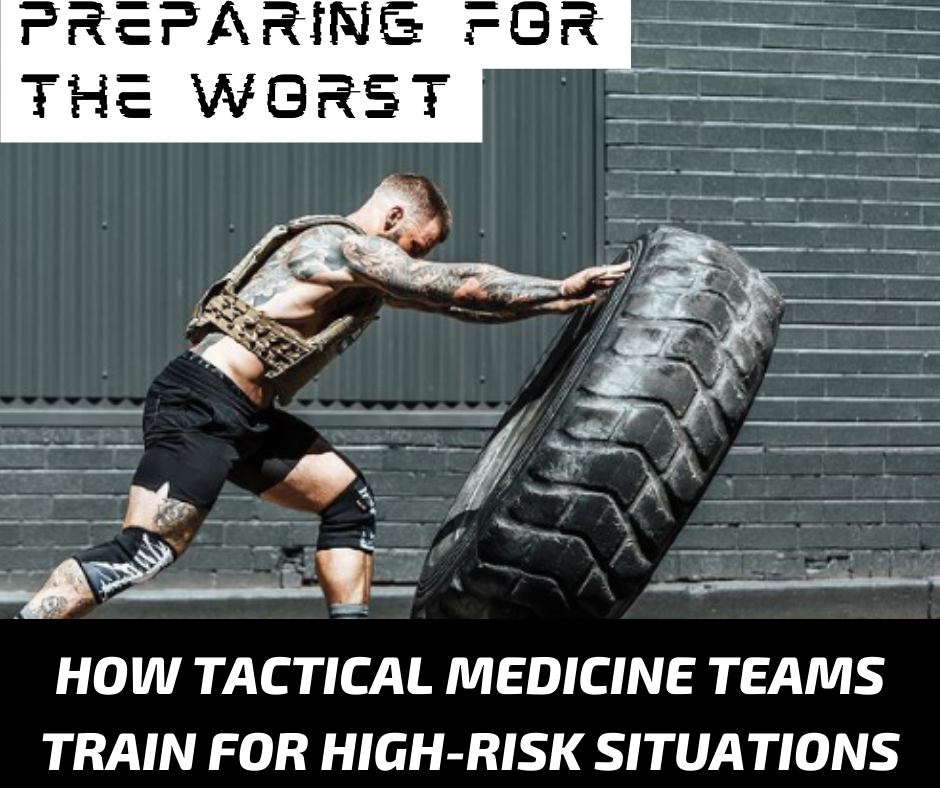Tactical medicine teams are trained to handle the most extreme and dangerous situations imaginable. From active shooter incidents to natural disasters, these teams must be ready to provide medical care in the most challenging of circumstances. In this blog post, we will take a look at the intense training that these teams go through to prepare for high-risk situations.
The training for tactical medicine teams begins with basic medical training, including instruction in emergency medicine and utilisation of advanced trauma care equipment. However, this training is just the foundation. Tactical medics must also be able to provide medical care in austere or hostile environments, such as in a building or in the field. This requires additional training in areas such as urban search and rescue, hazardous materials response, and wilderness medicine.
In addition to traditional classroom instruction, tactical medicine teams also participate in regular training exercises and simulations. These exercises are designed to simulate real-world scenarios and test the teams' ability to respond to a wide range of emergencies. For example, active shooter simulations allow teams to practice providing medical care in an environment where gunfire is present, while hazardous materials drills help teams prepare for chemical spills or other industrial accidents.
One of the most important aspects of tactical medicine team training is the emphasis on teamwork and communication. Teams must work closely together to provide the best possible care to injured officers and civilians, and effective communication is critical to ensuring that everyone is on the same page.
Preparing for the worst is an ongoing process for tactical medicine teams. Regular training and exercises help to keep teams sharp and ready for any emergency that may arise. The specialized training and expertise of these teams can mean the difference between life and death in high-risk situations.

